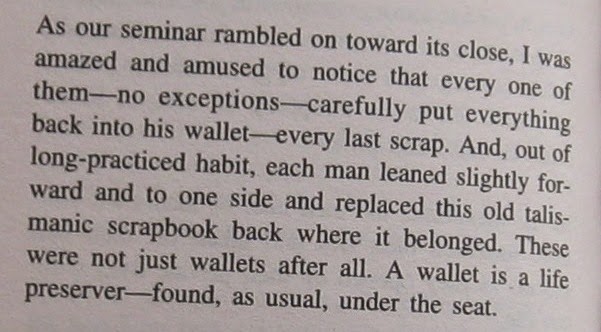This is a 30 minute activity that introduces
some basic characteristics of writing we may not usually focus on.
Step 1
Students are given separate sheets of paper and
the following instruction:
Write one sentence that expresses your opinion
on the statement “Writing is important”.
1.1.
Theoretically,
it could be any statement, but, if we want students to think about writing, it
is preferable to focus the topic on writing, too.
1.2.
Students
can be informed that they can agree or disagree with the statement, they can
explain it, paraphrase, develop, bring examples… simply any reaction is
correct.
1.3.
There
is no time limit for writing that sentence. But this is not stated. Simply, no
time limit is set and if anybody asks, the answer should be: “No, there is no
limit.”
1.4.
It
is essential that students are instructed to write one sentence only, long or
short, but one. The reason is that when we discuss writing later in the step 4,
students should also realize that one sentence expresses one idea.
Step 2
Students are asked to pass the paper to their
colleague sitting on their left. They should read the sentence their colleagues
have written and write their own reaction to that. They can agree, disagree,
develop the idea or come up with a new one - simply, anything is possible again
– it only has to be a clear reaction to the first sentence, and it must be only
one sentence again.
When all students finish, they are asked to pass
the papers to their colleagues sitting to their left again and do the same –
read the sentences of their colleagues and react to them in one sentence. This
can be repeated as many times as we like, but the more text, the longer each
change takes and the activity can become difficult to handle. In my experience,
if each student writes their own original sentence and four reactions, it is
usually enough for them to get some immediate practical experience with
writing to talk about.
Then, students are asked to send the papers
back to the authors of the original statements. They can read the collaborative
texts they have produced.
2.1. It takes different amount of time for each
student to read and write their sentences. We should not push the slower
students to hurry up, as it is one of the goals of the task to realize that
writing is individual.
2.2. There can occur different reactions of
students during this task. We should not stop any of them, as students are
going to reflect on what is going on later in the next step.
Step 3
Students are asked to recall what was going on
while they were engaged in the task and they should write as many
characteristics of that activity (writing) as possible. They can produce
adjectives or descriptions. They should reflect on what was going on, what it
involved, and/or also what they observed.
Step 4
Students are asked to discuss their ideas with
the rest of the class. The teacher writes all points on the board and draws
attention to the ideas which are essential for writing practice.
The characteristics and ideas often mentioned
are:
1)
Writing
is an individual activity.
(Each of them writes individually, on their own.)
2)
Writing
is a form of communication.
(In the first sentence, the students could have
thought nobody was going to read their sentence, but starting with the second
one, they knew they were writing for their peers; somebody was going to read it.
That could influence the content or form of their writing. Students could start
modifying their opinions according to the audience and the other authors.)
3)
Writing
takes time –different time for each person.
(They could observe that some
people had ideas coming fast and they could express them in a short time, while
others took their time, they were polishing their sentences, rewriting or
changing them. Some could not think or write at all. Why those differences
occur can be discussed with the class - it usually is a very interesting
discussion and makes students think about the process of writing even more.)
4)
The
same idea can be expressed in many different ways.
(Students could often read a
very similar opinion to their own expressed in a slightly or very different
way. They should be aware of differences in form.)
5) Writing
includes reading.
(Starting with the second sentence, all of them had to read
in order to write their comments. This is related to the point 2, a form of
communication; our writing usually reacts to writings of others.)
6) In
writing, we tend to formulate our views and ideas more carefully and precisely.
(When students are writing, almost all experience the moments when they search
for the right or “best” way to express their ideas or change a sentence after
they see what they have written.)
7)
Each
sentence is an expression of one idea.
(Here, we can explain why we insisted on
one sentence only each time.)
AND
8) Writing
can be improved by writing.
(Each skill needs exercise. This task can set some
style of work - when we deal with writing we are going to write a lot.)
I use this activity usually at the beginning of
a course focused on writing, or at the beginning of series of activities
focused on writing. Sometimes, 30 minutes is enough, in many cases, however (especially
in groups with rather diverse needs, skills or experience of the group members),
it is worth having a longer discussion on what writing includes.














